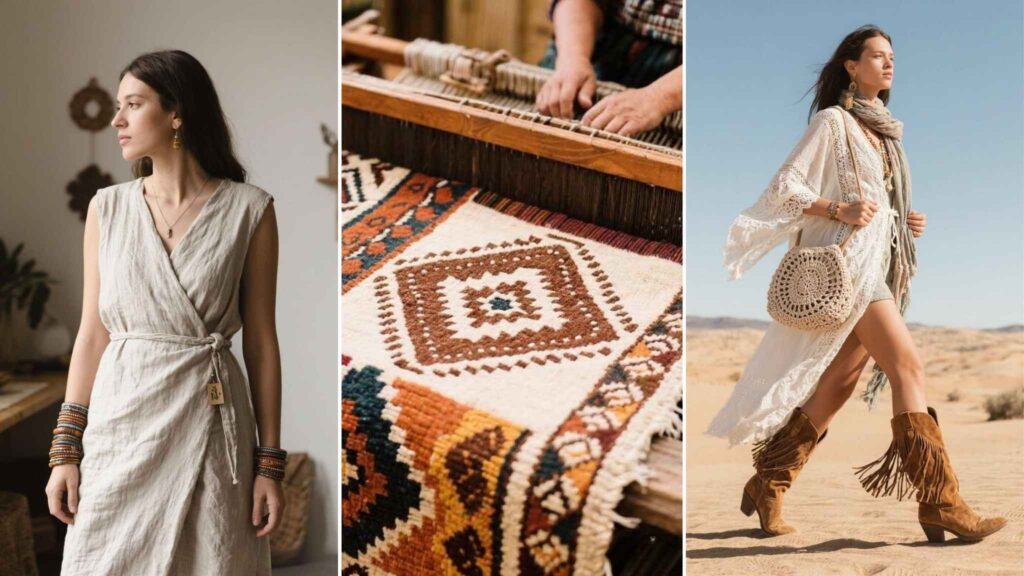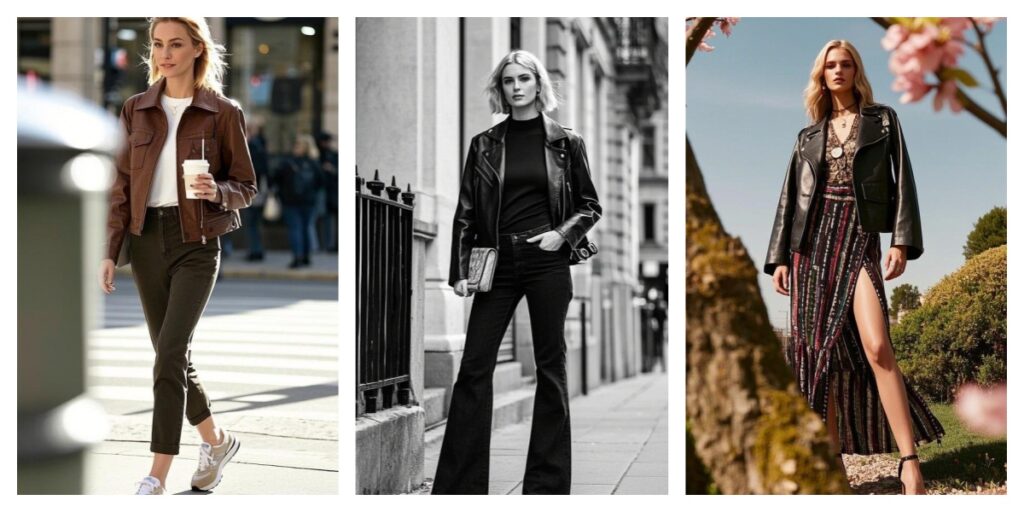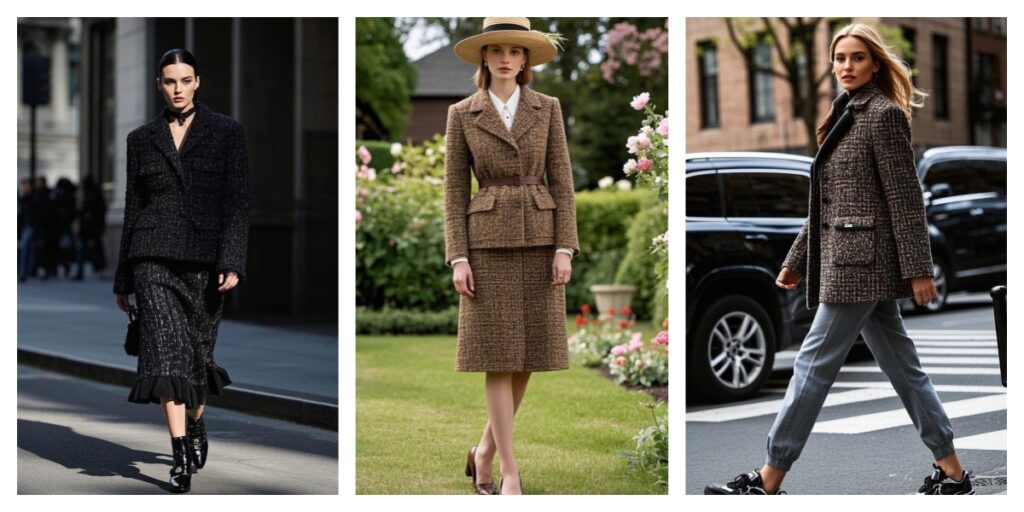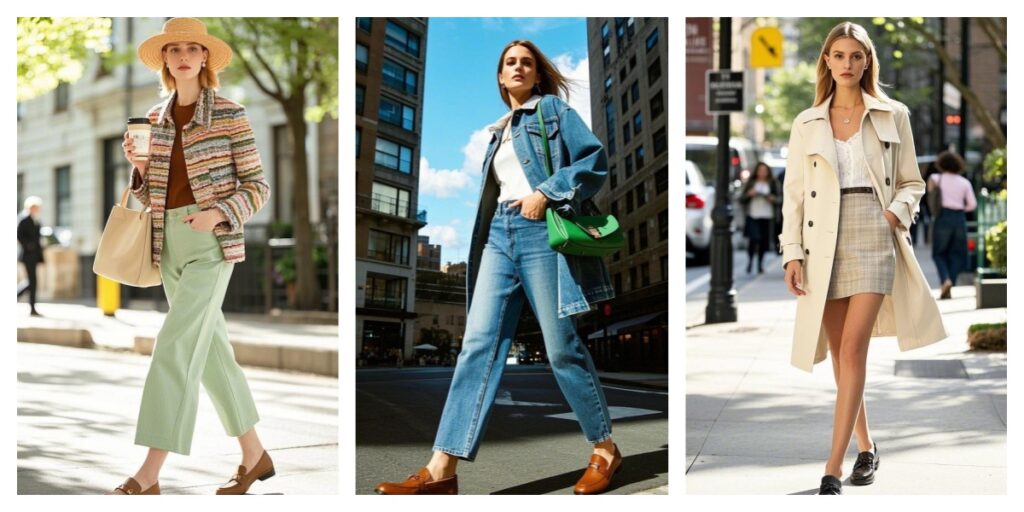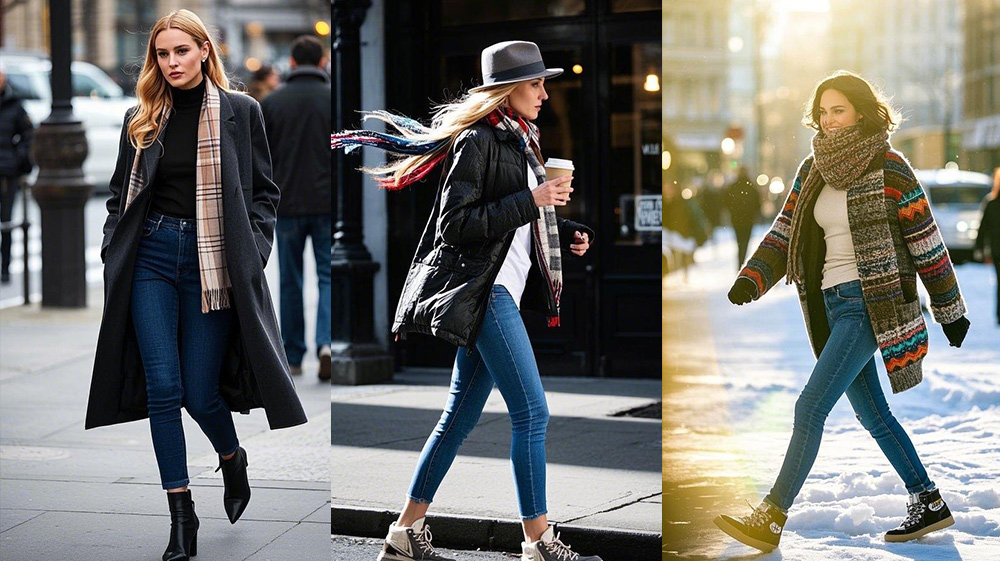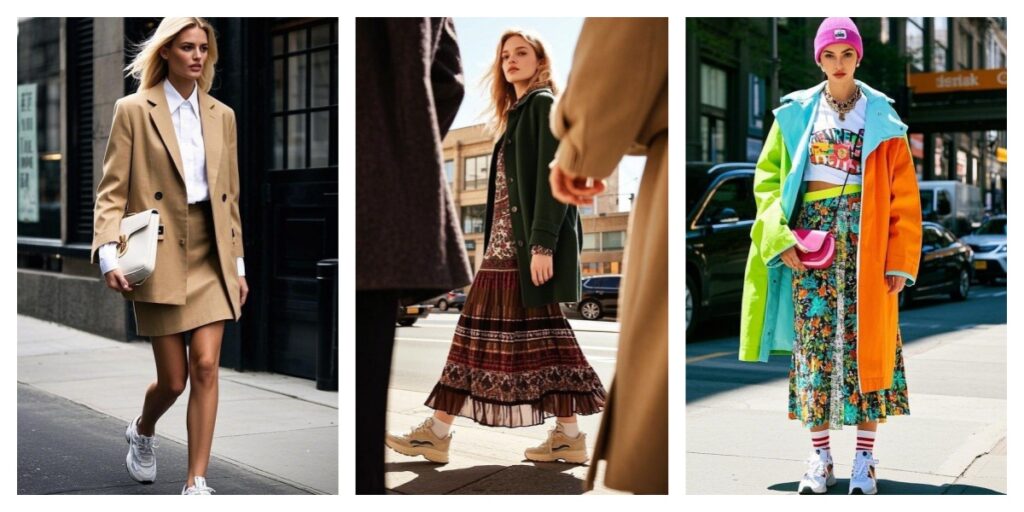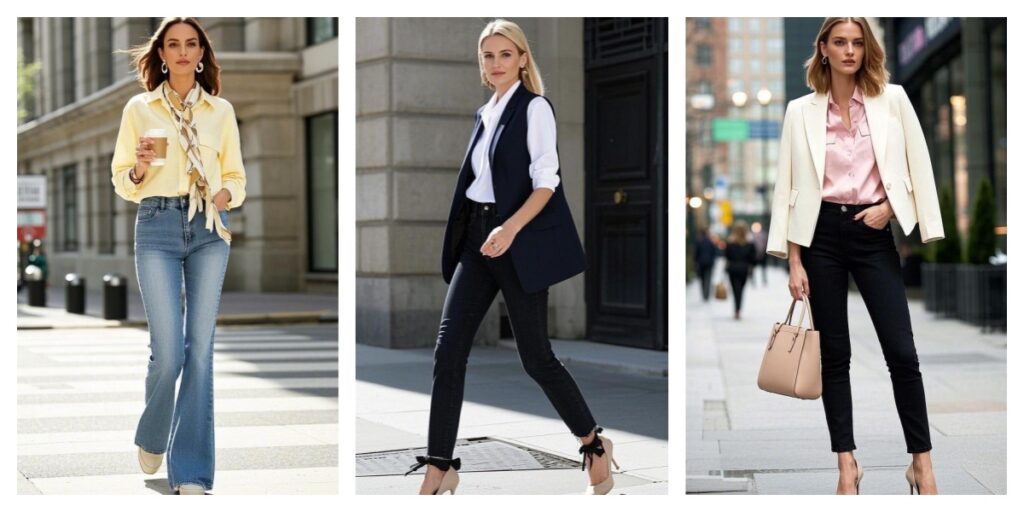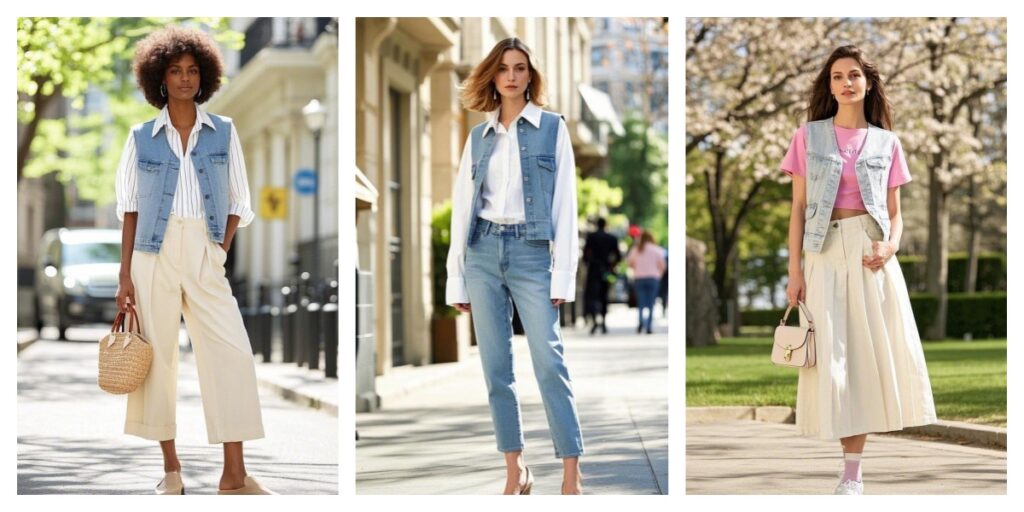Introduction
Boho style rests at the crossroads of wanderlust and self-expression. Born from counterculture movements that championed art over convention, today’s boho look remains a sartorial shout-out to creativity, freedom, and cultural curiosity. From billowy silhouettes that dance with every breeze to sun-kissed palettes borrowed from deserts, forests, and far-flung bazaars, the aesthetic invites wearers to weave personal stories through texture and tone. This article unpacks who embraces boho fashion in the twenty-first century and why its easygoing charm keeps resurfacing, generation after generation.
Understanding the Boho Aesthetic
At its heart, boho fashion is a tactile love letter to movement and memory. Floaty peasant blouses skim the skin without restriction, wide-leg palazzo pants puddle softly around ankles, and sweeping maxi skirts echo the rhythmic sway of festival crowds. Color stories tilt toward nature’s own swatches—rusty terracotta, sage green, sun-bleached ivory—punctuated by unexpected gemstone hues that feel plucked from a traveler’s crystal pouch.
Textures do much of the storytelling. Crochet whispers of afternoons spent on sunlit porches; lace nods to Edwardian heirlooms rescued from antique trunks; suede fringe flirts with every step like wind-teased prairie grass. Materials lean natural and nostalgic: hand-loomed cotton, bamboo blends, raw silk, even recycled sari ribbons braided into belts. These tactile choices aren’t just aesthetic—they signal slower fashion cycles and deeper respect for craft. The result is a wardrobe that feels like it could spin campfire tales of distant road trips, moonlit markets, and serendipitous jam sessions.

Celebrities Who Popularized Boho Style
While boho first bloomed in 1960s communes and on Woodstock stages, modern celebrity spotlights have kept its petals fresh. In the early 2000s, actor-model Sienna Miller stepped onto Glastonbury’s fields in a low-slung belt over a vintage slip dress, instantly rebooting boho for paparazzi-lined sidewalks. Around the same time, the Olsen twins paired oversized shades with floor-skimming caftans, proving that volume and mystery could be just as red-carpet worthy as bodycon sparkle. Vanessa Hudgens later crowned herself the unofficial “Coachella Queen,” her feathered headpieces and coin belts launching thousands of fast-fashion spin-offs.
The digital age amplified every fringe trim. Instagram carousels transform celebrity errands into style lookbooks, while TikTok thrift hauls democratize once-exclusive designer details. Pinterest mood boards archive Vanessa’s desert looks or Sienna’s London street snaps, keeping boho source material one tap away for Gen-Z creators. Beyond mere imitation, fans remix these images with sustainable labels and upcycled finds, proving influence can spark innovation rather than pure consumption.
Boho Style Across Different Age Groups
Young Adults
University quads and music festivals provide open runways for twenty-somethings who view clothing as portable poetry. Tie-dye slips under distressed denim vests, anklets jingle over battered Doc Martens, and DIY patches chronicle band allegiances. For this crowd, boho’s looseness mirrors a life phase still unconfined by nine-to-five rigidity; garments are souvenirs of concerts, road trips, and late-night flea markets. Social media sustains the experimentation—one thrifted kaftan can rack up likes while sparking debates on ethical sourcing and self-image.
Mid-Aged Women
Comfort-meets-style becomes the north star for professionals balancing Zoom calls with school drop-offs. Boho silhouettes adapt: think linen culottes with embroidered seams, hemp maxi dresses layered under tailored denim jackets, statement turquoise rings punctuating neutral wardrobes. Sustainability matters here, too; many in this bracket favor artisanal brands that offer traceable supply chains and timeless cuts, trading fast-fashion impulses for investment pieces that age gracefully.
Older Generations
Boho’s spirit never outgrows its wearer. Grandmothers knot silk ikat scarves over classic trench coats, slip on leather clogs crafted by local artisans, and add hand-loomed shawls to simple shift dresses. Subtle prints—paisley, indigo batik, Liberty florals—echo decades of style wisdom while honoring heritage textiles. These choices prove that boho isn’t an age-locked costume but a versatile language for telling life stories.

Boho Fashion for Different Lifestyles
The Free-Spirited Traveler
When luggage space is precious, versatility rules. Lightweight cotton wrap dresses double as beach cover-ups and dinner attire, while reversible kimono jackets flip prints for instant outfit refreshes. A palette of muted earth tones lets pieces mix effortlessly, making each combination feel curated yet carefree. Jewelry tends to be small but storied: hammered-brass bangles from a Marrakesh souk, a bone bead bracelet bought from a Balinese artisan.
The Creative Professional
Studio lighting and gallery openings demand attire that sparks conversation without overshadowing the art. Relaxed linen jumpsuits pair with color-blocked scarves, and marble-patterned resin earrings flirt with neon brushstrokes on canvases. Footwear straddles comfort and statement—chunky wooden mules or embroidered loafers—while laptop-friendly suede totes hide sketchbooks and DSLR cameras beside meeting notes.
The Mindful Minimalist
For those who crave calm closets, boho’s maximal tendencies shrink to textural whispers. A single oatmeal-hued hemp dress might rotate through the week, refreshed by changing belts or botanical-dyed silk scarves. Ethical sourcing is non-negotiable; garments come with transparency tags detailing water usage and artisan wages. Minimalists prove that “boho” needn’t be busy: it can also be serene, meditative, and deeply intentional.
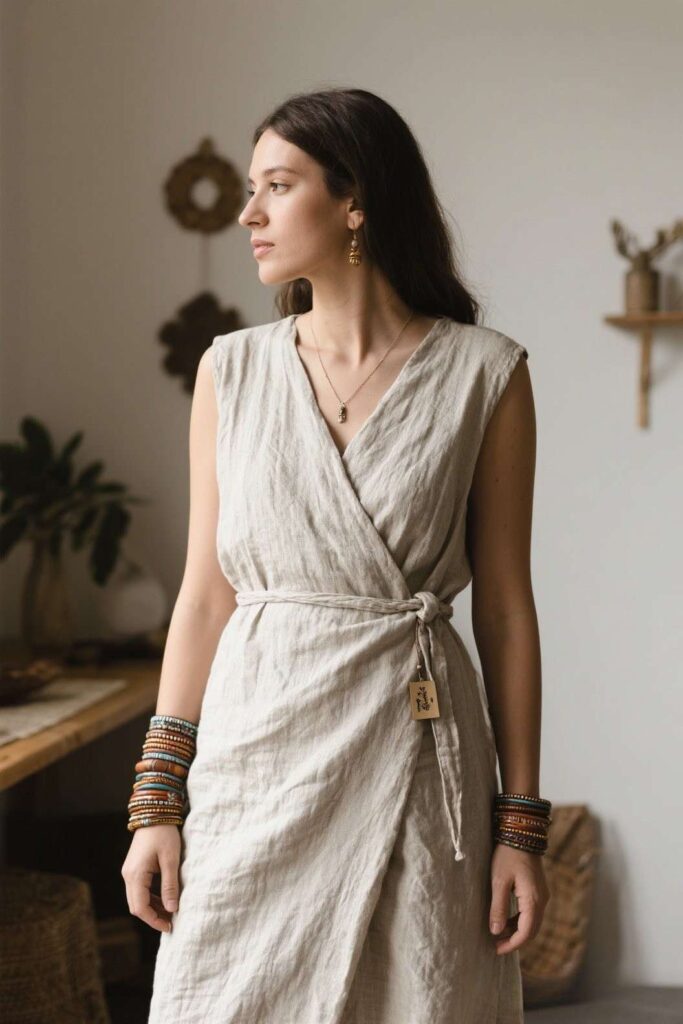
Cultural and Global Appeal
Boho’s patchwork soul is stitched from many continents. Moroccan Berber rugs inspire diamond motifs on modern ponchos; Indian block-printed cotton becomes summer’s breeziest palazzo pants; Native American beadwork influences runway chokers—though respectful designers collaborate with indigenous artisans to avoid exploitative appropriation. Each borrowed aesthetic tells a tale of trade routes, spiritual symbolism, and regional craft passed through generations.
Yet borrowing carries responsibility. Appreciation demands dialogue, credit, and financial reciprocity. Purchasing directly from artisan cooperatives, studying cultural histories, and avoiding sacred patterns used as mere décor are small steps toward ethical enthusiasm. When done right, the global boho wardrobe becomes a wearable museum: part travel journal, part living homage.

Boho Style in Modern Subcultures
Festival communities keep boho’s heartbeat thumping under open skies. Flower crowns may have receded, but biodegradable glitter and upcycled choir robes add fresh eccentricity to campsite catwalks. Meanwhile, cottagecore enthusiasts trade neon for nostalgia, pairing prairie lace nightgowns with straw baskets brimming with wildflowers. Vintage hunters celebrate slow fashion by rescuing 1970s suede jackets and hand-dyeing them plant-based indigo for TikTok tutorials.
Eco-conscious circles push boho beyond aesthetics into activism. Clothing swaps replace credit-card swipes; visible mending turns torn seams into decorative stories; and zero-waste pattern cutting proves creativity flourishes within constraint. Here, boho isn’t a costume—it’s an ethos: honor the land, honor the maker, honor the self.
Why Boho Style Persists
Fashion cycles spin fast, yet boho stays grounded in emotion. Its breezy silhouettes echo memories of first road trips and campfire songs; its earthy palette conjures the scent of sagebrush and sun-warmed clay. Wearing boho can feel like carrying a passport stamped with freedom—even if the wearer is stuck on a Monday subway ride. The style’s loose frameworks welcome personal tweaks: a goth-leaning soul might pair lace with black leather, while a pastel lover leans into dusty rose crochet.
Practicality plays a role, too. Many boho staples—denim jackets, cotton maxi dresses, leather satchels—transition effortlessly across seasons and social settings. As conversations around individuality grow louder, garments that invite customization win hearts. Tie-dye your own tee, swap seashell buttons onto a thrift-store cardigan, layer charms collected from farmer’s-market artisans—each tweak declares, “This piece is uniquely mine.”
Conclusion
Boho fashion remains a mirror reflecting the wearer’s inner landscape—restless explorer, nostalgic dreamer, mindful minimalist, or spirited grandmother. Its strength lies not in strict dress codes but in the permission it grants: combine, repurpose, embellish, and above all, tell your story. Whether you dip a toe in with a single artisan bracelet or dive headfirst into fringe and floral, boho style reminds us that clothing can be both canvas and compass, guiding us toward a life defined by authenticity and curiosity.
